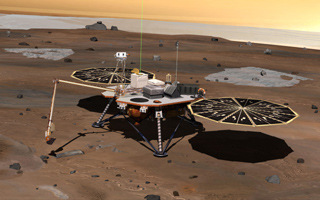This picture shows what an artist thinks Phoenix will look like on Mars. The flat, round, dark objects on each side of Phoenix are the spacecraft's solar panels. The solar panels make electricity for Phoenix. The robot arm is shown reaching out to the left to scoop up soil samples. A thin green laser beam shoots up into the sky. The LIDAR instrument uses the laser to measure dust in the Martian atmosphere.
Click on image for full size
Image courtesy of NASA/JPL/UA/Lockheed Martin.
Phoenix Mars Lander - Instruments and Mission Objectives
The Phoenix Mars Lander was a robot spacecraft that was sent to Mars. Phoenix landed near the North Pole on Mars. This page tells about the mission of Phoenix. It also describes the instruments on the robot. Click here to read some basic info about Phoenix on another page.
Most recent Mars landers have been wheeled rovers that can move around. Phoenix is not. Phoenix stayed in one place after it landed. It used its robotic arm to scoop up and test Martian soil. Scientists thought there was
ice in and under the soil where Phoenix landed. Phoenix found some ice and tested
it to see what chemicals are mixed in with the ice. Phoenix used its instruments to "taste" and "smell" the samples its arm dug up.
Life on Earth needs water. If there is life on Mars... or if there ever was in the past... maybe it needed water too. Scientists hope Phoenix can help them learn about the history of water on Mars. Mars doesn't have any liquid water on its surface now, but it probably did in the past. The climate on Mars changes from time to time. Some scientists think it was warm enough for Mars to have liquid water about 100,000 years ago. That may seem like a long time ago to you, but it is just "the blink of an eye" in the history of a planet. Some microbes can survive as spores for a very long time without water.
Why is this spacecraft called Phoenix? In ancient Phoenician mythology, the phoenix was a bird that would burst into flames but then be reborn from its own ashes. The Phoenix Mars Lander used parts and instruments that were made for two earlier Mars spacecraft.
Phoenix had a robotic arm that could
reach out 2.35 meters (almost 8 feet) and dig down about half a meter (20 inches) to scoop up soil and ice samples. The arm had
a camera on it. Phoenix contained
two miniature laboratories that tested the samples the arm scooped
up. One lab, called TEGA, checked
for minerals, carbon dioxide, ice, and other materials in the soil samples. The other lab, called MECA, tested
the soil to see whether life could survive in it. MECA checked
whether the soil is too acidic or too salty for life. MECA also had
microscopes in its mini-lab. Phoenix also carried
a weather station that checked
the temperature and air pressure each day. The weather station had
a laser sensor (called a LIDAR) to measure dust in the Martian atmosphere. Finally, Phoenix had twin cameras mounted on the main body of the lander that took pictures of the land around the robot.
You might also be interested in:

How did life evolve on Earth? The answer to this question can help us understand our past and prepare for our future. Although evolution provides credible and reliable answers, polls show that many people turn away from science, seeking other explanations with which they are more comfortable.
...more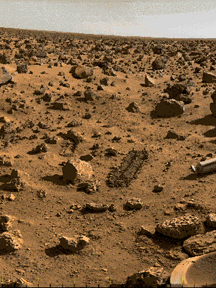
Soils form through a complex interaction of the molecules of soil with particles and molecules of the atmosphere. Measurements of the soil contribute to an understanding of a planet's climate, weather,
...more
In spite of the fact that Mars has an atmosphere, the environment of Mars seems unfriendly toward life as we know it on earth. Mars is small, so there is not much gravity. For this reason, much of the
...more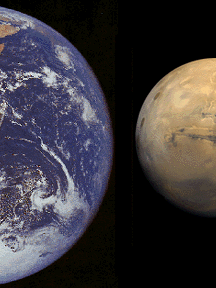
This is probably what happened to Mars: an early warm period the inside of Mars cools off very fast volcanoes appeared, and the Tharsis Bulge is created changes in climate every once and awhile, which
...more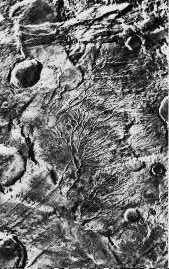
There seems to be no running water on the surface of Mars today even though there is evidence for running water, including river channels such as those shown here, and there are frozen, icy polar caps.
...more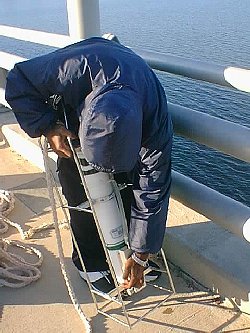
When we measure the salinity of water, we look at how much dissolved salt is in the water, or the concentration of salt in the water. Concentration is the amount (by weight) of salt in water and can be
...more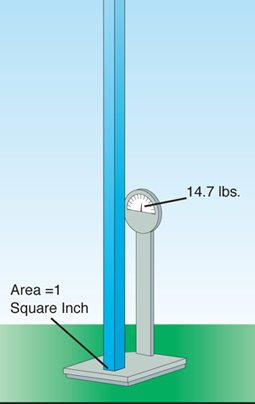
Pressure is an idea scientists use to describe how gases and liquids "push" on things. The atmosphere has pressure. If you imagine a column of air that is 1 inch square and goes from the Earth's surface
...more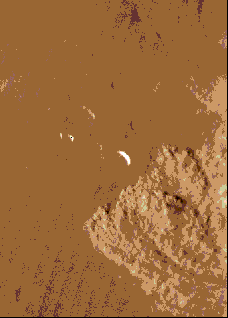
This image shows a local dust storm near the edge of the south polar cap. Viewing of this image at high resolution is recommended. This fascinating image shows dust swirling over a large area. Martian
...more


